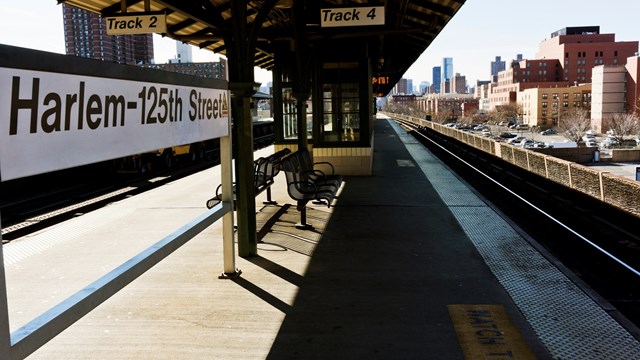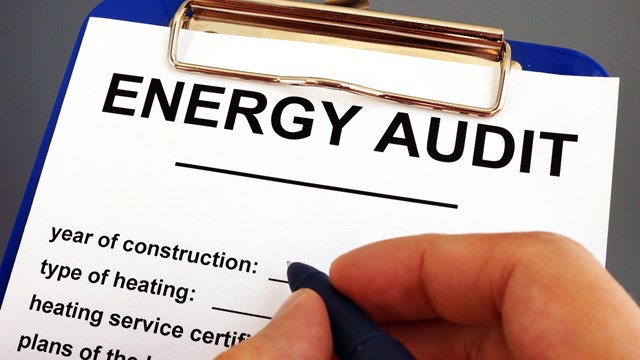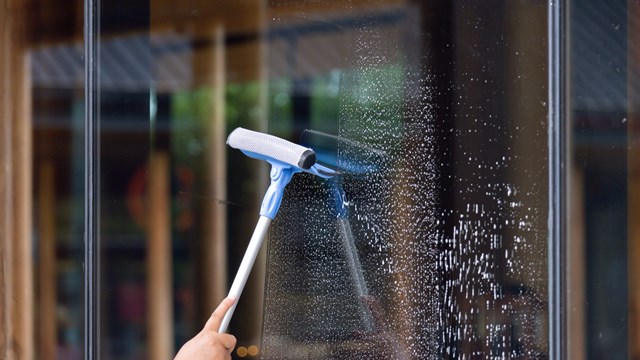
New Yorkers are obsessed with real estate development. We all pause to stare at the listings in our local real estate office window, and everybody knows the average price of an apartment in Manhattan (currently $1.7 million). Citywide, massive building and construction proposals like the World Trade Center, Brooklyn’s Atlantic Yards and Manhattan’s West Side Rail Yards dominate the news.
For all that attention, development in the city remains an opaque, complicated and oftentimes confusing process. With increasing awareness of building’s environmental impact, green building has emerged as an important aspect of all new construction, which adds another level of expertise to an already involved undertaking. Below, two New York-based designers provide some insight into the role of designer and developer by sharing their own sustainable projects.
Brooklyn
Mark Helder, principal of Brooklyn-based Helder Design, LLC, is currently constructing one of the area’s first LEED-registered buildings. The property, at 439 Metropolitan Avenue in Williamsburg, will comprise two residential duplex condominiums, and Helder Design’s architectural studio space.
The Leadership in Energy and Environmental Design (LEED) Green Building Rating System, developed by the U.S. Green Building Council (USGBC), provides a specific set of standards for environmentally sustainable construction. Buildings can be Certified LEED or Silver, Gold or Platinum-rated.
Brooklyn’s 439 Metropolitan brings several unique elements to New York City’s architectural landscape: Helder is aiming for a Platinum rating, the highest in the LEED system, and, unlike typical new constructions, Helder not only designed but also developed the building.
Traditionally, a designer acts as the liaison between the client and his or her program. “Combining the design with the initiative to build seemed like an obvious step,” he explains. “Playing both roles, I have found more freedom to use design and technology to fit my vision.”
There’s been a flipside, however. Representing both the ‘client’ and the design, Helder had to negotiate this conflict of interest. “I had to carefully balance the level of detail and beauty I’d envisioned together with the goal of a high-performance green building—all in a feasible building plan.”
To realize the Williamsburg property, Helder had to navigate the realities of implementing his design. “Finding construction financing and a contractor took more time than I’d anticipated,” Helder says. “In selecting the contractor, I was looking for someone with whom I could build a long-term working relationship in the design-build model. To produce exceptional buildings that are also economically and socially responsible, ultimately I would like to see development, design, and construction fuse into one.”
In practice, this resulted in a situation where the contractor’s responsibilities were somewhat unclear, but also allowed Helder to literally work beyond his drawings, spending significant time on the site itself. Managing the quality of the execution is one of the more important aspects in a project.
Helder believes Brooklyn has great potential from an architectural standpoint. “I know of three buildings currently going up in the borough, including mine, which are among the first to go for LEED certification. What these buildings all have in common is that they’ve been initiated by people who are in touch with their localities and who are non-traditional developers. Hopefully these will spark similar projects.”
Philadelphia
Joe Franza is a practicing architect and a member of GreenHomeNYC. His first real estate investment property was a vacant, nearly dilapidated Victorian town home in North Philadelphia, three blocks from Temple University.
“North Philadelphia is honeycombed with vacant structures, the majority of which are ‘shells’ or properties which have been reduced to nothing more than bare masonry walls as a result of fires and vandalism,” he says.
The shell Franza purchased was badly deteriorated, but afforded him the opportunity to start off with a blank slate and put his green design and sustainable construction skills to the test. “I soon learned that bringing this structure back from the ashes was not a matter of putting together a set of construction documents and letting my contractor begin work,” he says. “I knew that creating a healthy, safe, and energy conserving home would require active participation in the design, construction, and management of the property…every step of the way.”
It began with the conservation and recycling of materials during demolition. The salvageable building elements, such as interior framing, wood joists, and blocking were saved. A recycling hauler removed all the obsolete scrap metal from the house, saving one 20-yard dumpster of waste during demolition work.
Prior to beginning construction it was imperative to educate the contractor about the benefits of energy efficient heating and cooling systems, water conserving plumbing fixtures, and low VOC finishes. Without designer input and the decision-making ability of being the developer, the contractor would have selected mainstream building materials that would degrade the environmentally sensitive quality of the home.
Sustainable building encompasses more than just energy efficiency and building technology. The rapidly changing complexion of the neighborhood, spurred by private investors capitalizing on Temple University’s aggressive expansion, increased enrollment, and consolidation of satellite campuses to North Central Philadelphia, has displaced long time residents in favor of a growing transient student population.
At the time of renting the property, “I made sure to provide an incentive to my tenants by slashing the last month’s rent on the lease if utilities for the previous year were below the average consumption for similar households in the neighborhood.”
When Franza purchased his second and fourth properties, he deliberately chose row houses occupied by families under the Housing Voucher Program who were threatened with eviction by speculators. “Sustainability comes in many forms, shapes and sizes, and it extends well beyond the design, construction, and operation of a building, in this case to communities.”
“Fortunately, my foray into real estate investing turned into a burgeoning business, valuable experience, and a continuing lesson in the multifarious aspects of sustainable design and construction, environmentally conscious property management, and community conservation.”
Moving Forward
When it comes to sustainable, environmentally conscious design and development, “The key is to look beyond the short-term bottom line,” says Helder. “It’s a long-term attitude that will pay off, both as a business model and in creating buildings that we have to live in and maintain for the next century. Green building is here to stay—and it’s a very exciting time for designers.”
Erik Nevala-Lee is a contributing writer for The Cooperator and a staff member of GreenHomeNYC.






Leave a Comment